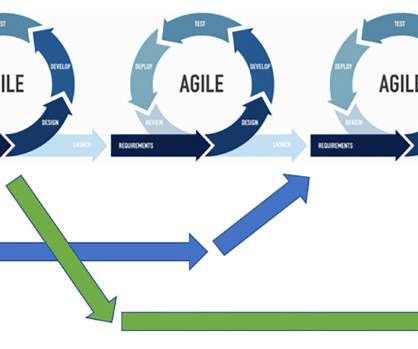Agile. Creativity. Innovation.
International Institute for Learning
JULY 7, 2022
During the last two decades there has been the emergence of a number of software development methods as a response to the inefficiency of existing software development methods in rapidly changing environments (Highsmith, 2004). 2009), include eXtreme Programming (XP) (Beck and Fowler, 2001) and Scrum (Schwaber and Beedle, 2002).















Let's personalize your content